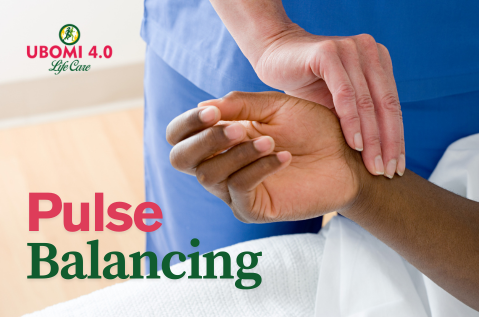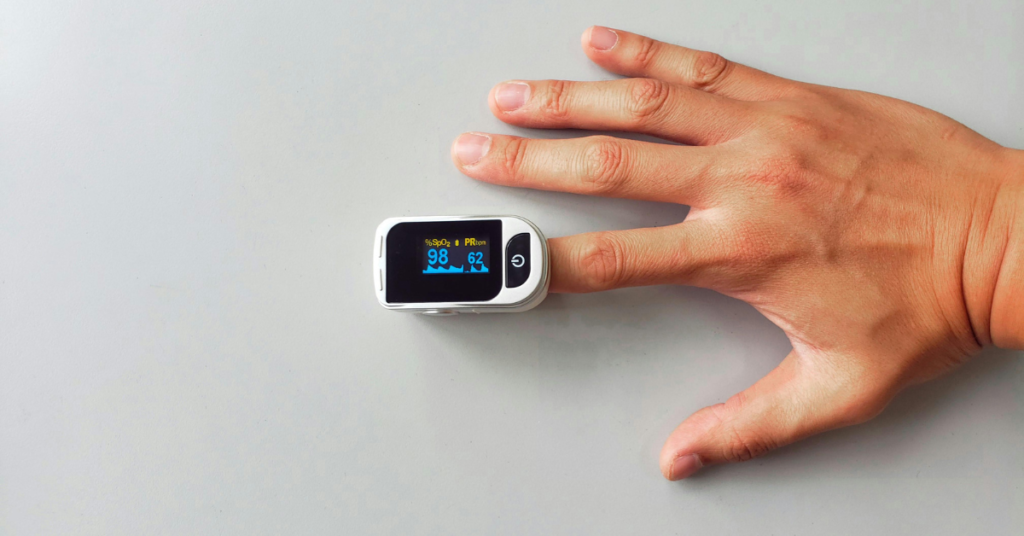
May 13, 2025
In the holistic health world, pulse balancing is an interesting philosophy that will bring the body and mind into balance by balancing the natural flow of energy. This ancient practice is based on such classical medicine systems as Ayurveda and Traditional Chinese Medicine (TCM) and provides an in-depth knowledge of how our bodies process the information collected about the world and how our bodies interact with the environment. In today’s blog, we will look into the science of pulse balancing, its advantages, and how it has emerged as a benchmark in the world of herbal healing.
Understanding Pulse Balancing
What is pulse balancing?
Pulse balancing is a diagnostic and therapeutic method that requires evaluating the rhythm, power, and quality of the pulse to diagnose the imbalances in the system of energy of the body. Unlike conventional medicine, which is based on technology and lab tests, pulse balancing makes use of the body’s natural signals, bringing a holistic perspective to the physical, emotional, and mental aspects of health.
Origins of Pulse Balancing
Such a practice has its roots in ancient medical traditions.
Ayurveda: In this ancient Indian system, pulse diagnosis, Nadi Pariksha, was practiced thousands of years ago to determine the three doshas (Vata, Pitta, and Kapha) and the level of balance in the body.
Traditional Chinese Medicine (TCM): In this, pulse balancing goes by the name “Mai,” which is done by checking different pulse points in order to assess the health of different organs and energy pathways [meridians].

The Science Behind Pulse Balancing
The Connection Between Pulse and Health
The complex relationships between the pulse and health in general are only recently appreciated by modern science. The pulse implies the condition of the body systems, such as the cardiovascular system and nervous system, as well as the emotional state of a person. The pulse has a normal rhythm when the body is balanced. If the balance is off, then the pulse may become irregular, weak, or too forceful.
How Pulse Balancing Works
| Aspect | Description | Benefits |
| Energy circulation (Qi) | Pulse balancing leads to the identification of blockage of energy pathways (meridians). | Enhanced flow of energy, decline in fatigue, and higher level of vitality. |
| Nervous System Reset | It directly impacts emotional and cognitive health. | Improved clarity of the mind, emotional stability, and calmness. |
| Heart-Brain Connection | supports the natural body defences. | Improved mood, less anxiety, and enhanced focus. |
| Immune System Boost | supports the natural body defenses. | Improved clarity of mind, emotional stability, and calmness. |
The Benefits of Pulse Balancing
Physical Health
Improved Circulation: Pulse balancing is helpful in enhancing the movement of blood, thus decreasing the chances of developing cardiovascular problems.
Pain Relief: It can relieve chronic pain through the elimination of trapped energy and reduction in swellings.
Immune Boost: A balanced pulse means that the immune system is strong enough so that it is able to accommodate infections and diseases.
Mental and Emotional Health
Reduced Stress and Anxiety: Pulse balancing is a relaxation of the nervous system, which results in reduced stress hormones like cortisol.
Enhanced Emotional Stability: It assists in keeping you from having mood swings to achieve mental clarity and focus.
Better Sleep: When a person’s energy levels are balanced, he or she gets to sleep deeper and more restfully.
Long-Term Wellness
Disease Prevention: Regular balancing of pulse sessions can prevent chronic diseases by detecting the imbalances early.
Holistic Healing: It has a holistic approach towards treating the body by treating the cause of the illness and also the symptoms of the illness.
Energy Rejuvenation: Normalises the body’s energy flow to invigorate and enhance longevity.
Pulse Balancing Techniques and Approaches
Ayurvedic Pulse Diagnosis (Nadi Pariksha)
In Ayurveda, pulse balancing is determining the radial pulse at the wrist and simultaneously the balance of all three doshas with three fingers.
- Vata (Air and Space): Light, fast, and irregular pulse.
- Pitta (Fire and Water): Strong, steady, and forceful pulse.
- Kapha (Earth and Water): Slow, deep, and steady pulse.
Traditional Chinese Pulse Diagnosis
TCM practitioners apply a slightly more complicated system, checking 12 positions of the pulse on each wrist, which is associated with a certain organ. The quality of the pulse (slippery, wiry, deep) provides information on the condition of the body’s vital energy and internal organs.
How to Incorporate Pulse Balancing into Your Daily Routine
- Mindful Breathing: Sound and deep rhythmic breathing will balance the pulse as well as calm the nervous system.
- Meditation and yoga: These are practices that open the channels for energy flow and balance of the mind and body.
- Diet and Lifestyle Adjustments: One can maintain pulse balance by following Ayurvedic or TCM dietary guidelines.
- Regular Checkups with a Practitioner: Just the way you visit a doctor for regular check-ups on your body, when you visit a pulse balancing specialist, your body energy is balanced.

Tips for Practicing Pulse Balancing at Home
Although professional assistance is required in the process of deep pulse measurement, there are some methods of home pulse balance practice:
Daily Pulse Check: Take a few minutes in the morning and feel your pulse. Pay attention to its speed, strength, and rhythm.
Breathwork: Breathe in and out slowly and deeply to stabilise the rate of your heart and regulate your pulse.
Mindfulness and meditation: These may be helpful in regulating your pulse because they will reduce stress and bring about inner peace.
Dietary Balance: Use dietary practices that correspond to your physique or energy needs as per the Ayurveda and the TCM.
Stay Hydrated: Dehydration can quicken the pulse, so keep your body hydrated.
Transform Your Health with Pulse Balancing
Pulse balancing is a profound technique of bringing physical, mental and emotional harmony that has stood the test of time. It provides a step-by-step method to diagnose and restore normal body energy flow, thus affecting better health, emotional stability and general standard of well-being. Whether to relieve stress, get rid of chronic pain, or improve your quality of life, pulse balancing can be a transformative practice.
Are you ready for the benefits of having your pulse balanced? Read more on how holistic life care can lead you to a healthier and more balanced lifestyle from UBOMI 4.0 website
